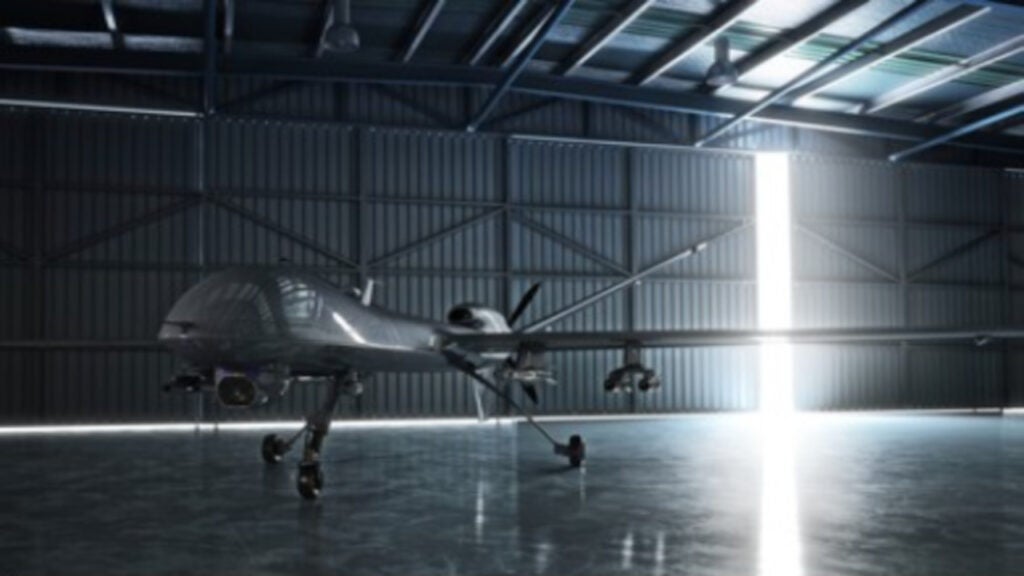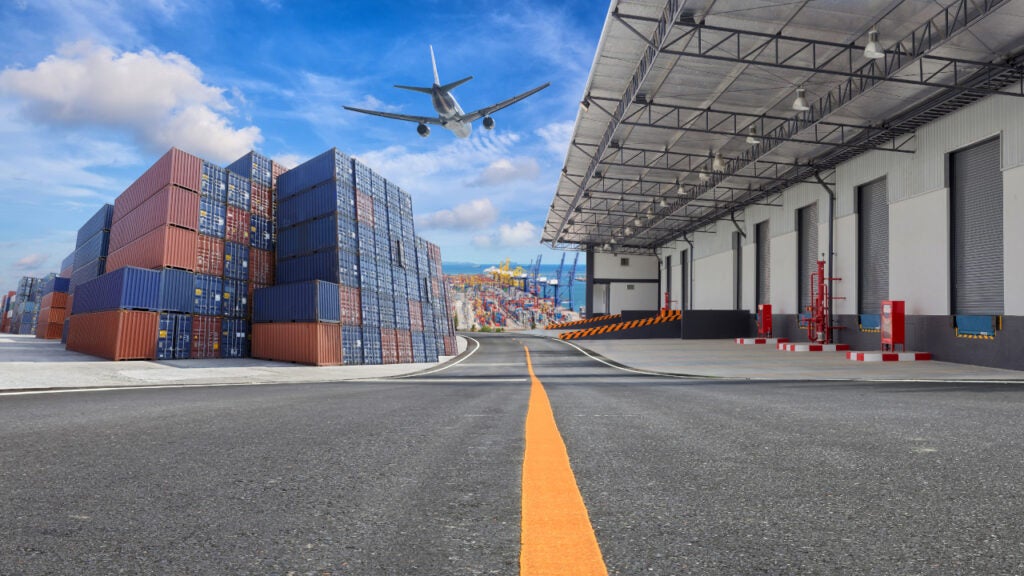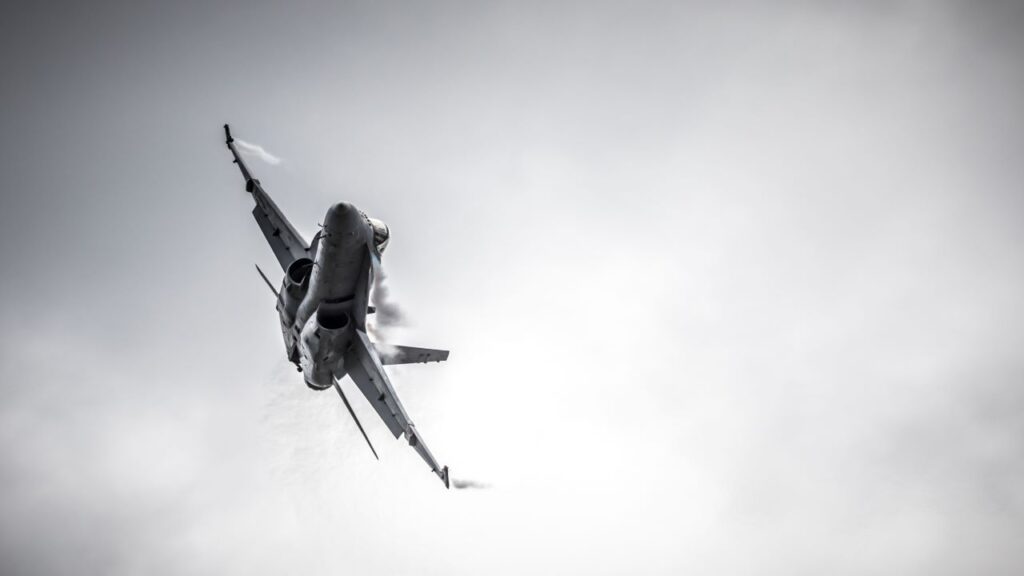The aerospace and defence industry continues to be a hotbed of innovation, with activity driven by the uptake of advanced technology, and growing importance of technologies such as hypersonics and advanced materials. In the last three years alone, there have been over 174,000 patents filed and granted in the aerospace and defence industry, according to GlobalData’s report on Innovation in Aerospace, Defence & Security: Aircraft wing stress testing.
However, not all innovations are equal and nor do they follow a constant upward trend. Instead, their evolution takes the form of an S-shaped curve that reflects their typical lifecycle from early emergence to accelerating adoption, before finally stabilising and reaching maturity.
Identifying where a particular innovation is on this journey, especially those that are in the emerging and accelerating stages, is essential for understanding their current level of adoption and the likely future trajectory and impact they will have.
180+ innovations will shape the aerospace and defence industry
According to GlobalData’s Technology Foresights, which plots the S-curve for the aerospace and defence industry using innovation intensity models built on over 262,000 patents, there are 180+ innovation areas that will shape the future of the industry.
Within the emerging innovation stage, bonded fibre laminates, thermoplastic elastomer laminates, and vibration supression devices are disruptive technologies that are in the early stages of application and should be tracked closely. Centrifugal fan impellers, ceramic composite laminates, and gas turbine engine testing are some of the accelerating innovation areas, where adoption has been steadily increasing. Among maturing innovation areas are protective blade coatings and blade alloy welding, which are now well established in the industry.
Innovation S-curve for the aerospace and defence industry

Aircraft wing stress testing involves simulating forces that jet wings experience while flying. It involves forcing the wings upwards as well as fatigue tests, among others.
GlobalData’s analysis also uncovers the companies at the forefront of each innovation area and assesses the potential reach and impact of their patenting activity across different applications and geographies. According to GlobalData, there are 10+ companies, spanning technology vendors, established aerospace and defence companies, and up-and-coming start-ups engaged in the development and application of aircraft wing stress testing.
Key players in aircraft wing stress testing – a disruptive innovation in the aerospace and defence industry
‘Application diversity’ measures the number of different applications identified for each relevant patent and broadly splits companies into either ‘niche’ or ‘diversified’ innovators.
‘Geographic reach’ refers to the number of different countries each relevant patent is registered in and reflects the breadth of geographic application intended, ranging from ‘global’ to ‘local’.
Boeing is the leading patent filer in aircraft wing stress testing. The company innovates testing to ensure maximum safety for its aircraft and creates solutions to ensure that the wings are tested in conditions which are as close to reality as possible. Other leading companies in this area include General Electric and Airbus, which are both developing new technologies in the field – with Airbus utilising the technology for extremely similar reasons to Boeing. Other key patent filers in the industry include BAE Systems, Raytheon and Safran.
In terms of application diversity, CEA is the leader, followed by Galvion and Ultra Electronics Holdings. By geographic reach, Deutsches Zentrum fur Luft-und Raumfahrt (DLR) is the leader, followed by CEA and BAE Systems.
Innovation in this sector will provide solutions to ensure safer testing as well as to effectively develop faster aircraft, including supersonic aircraft.
To further understand the key themes and technologies disrupting the aerospace and defence industry, access GlobalData’s latest thematic research report on Defence.
More Data Insights
View More



